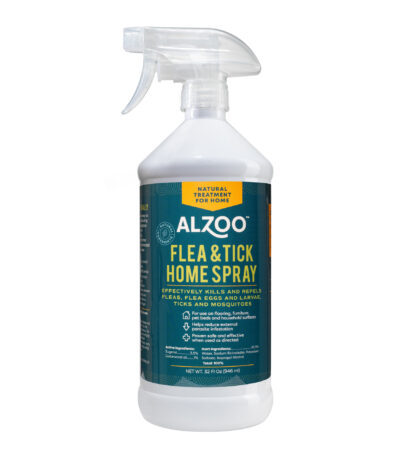Natural Flea and Tick Treatment
Safe and Effective Natural Care Flea and Tick Remedies for Dogs and Cats
Protect your pets naturally with ALZOO™ flea and tick treatment and prevention solutions. Our gentle yet effective formulas are made from plant-based ingredients, providing safe and long-lasting protection against fleas, ticks, and other biting pests.
At ALZOO™, we believe in natural flea and tick care that keeps your pets healthy and your home free from parasites — without harsh chemicals. Fleas and ticks can cause irritation, discomfort, and even serious health issues, so year-round flea and tick prevention is essential.
Explore our full range of natural flea and tick products for dogs and cats, including repellent collars, squeeze-ons, shampoos, sprays, and household treatments. Each product is designed to provide effective, eco-friendly protection, helping your furry friend stay comfortable, clean, and carefree.
Choose ALZOO™ — the natural choice for complete flea and tick protection.
Showing all 12 resultsSorted by average rating


























